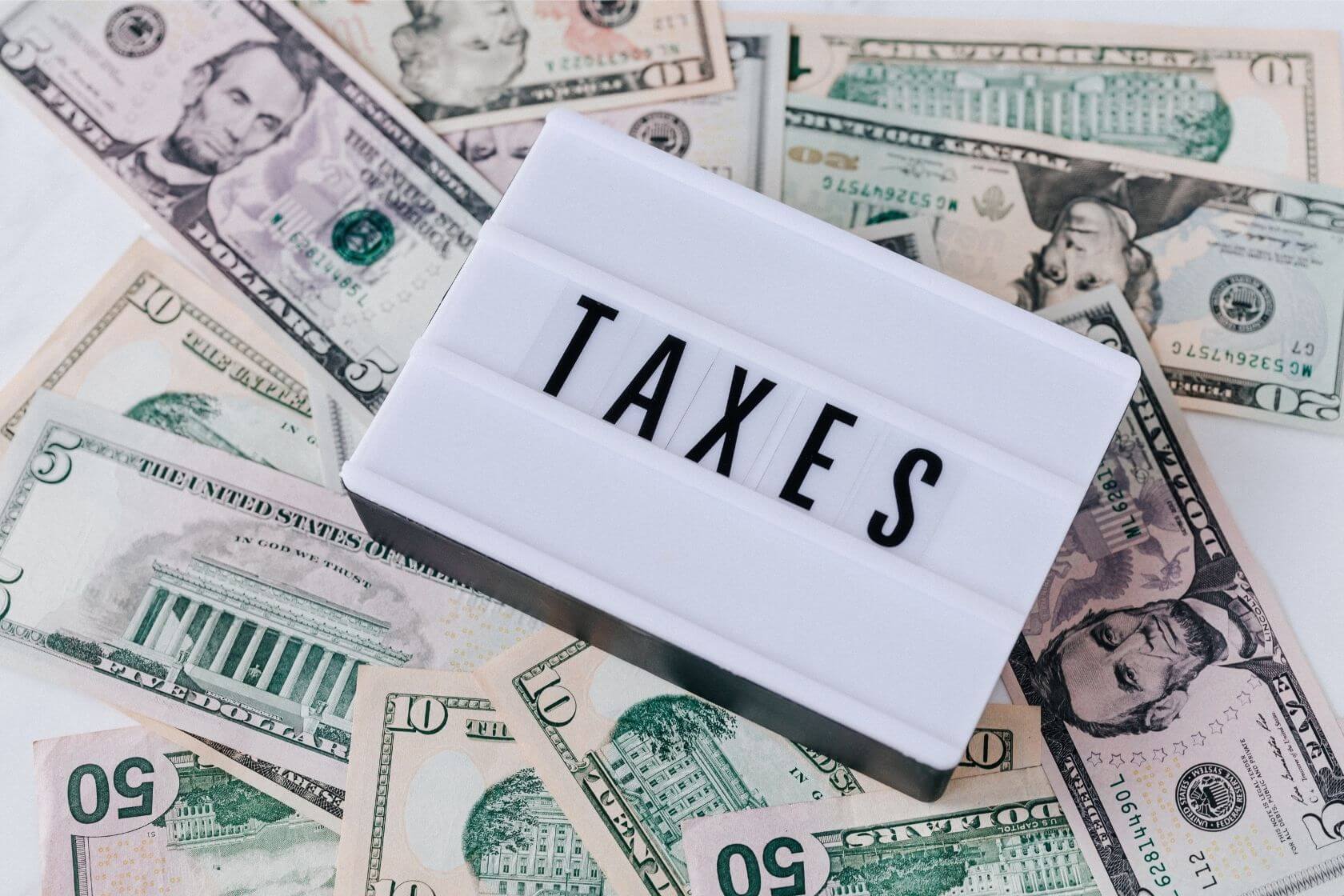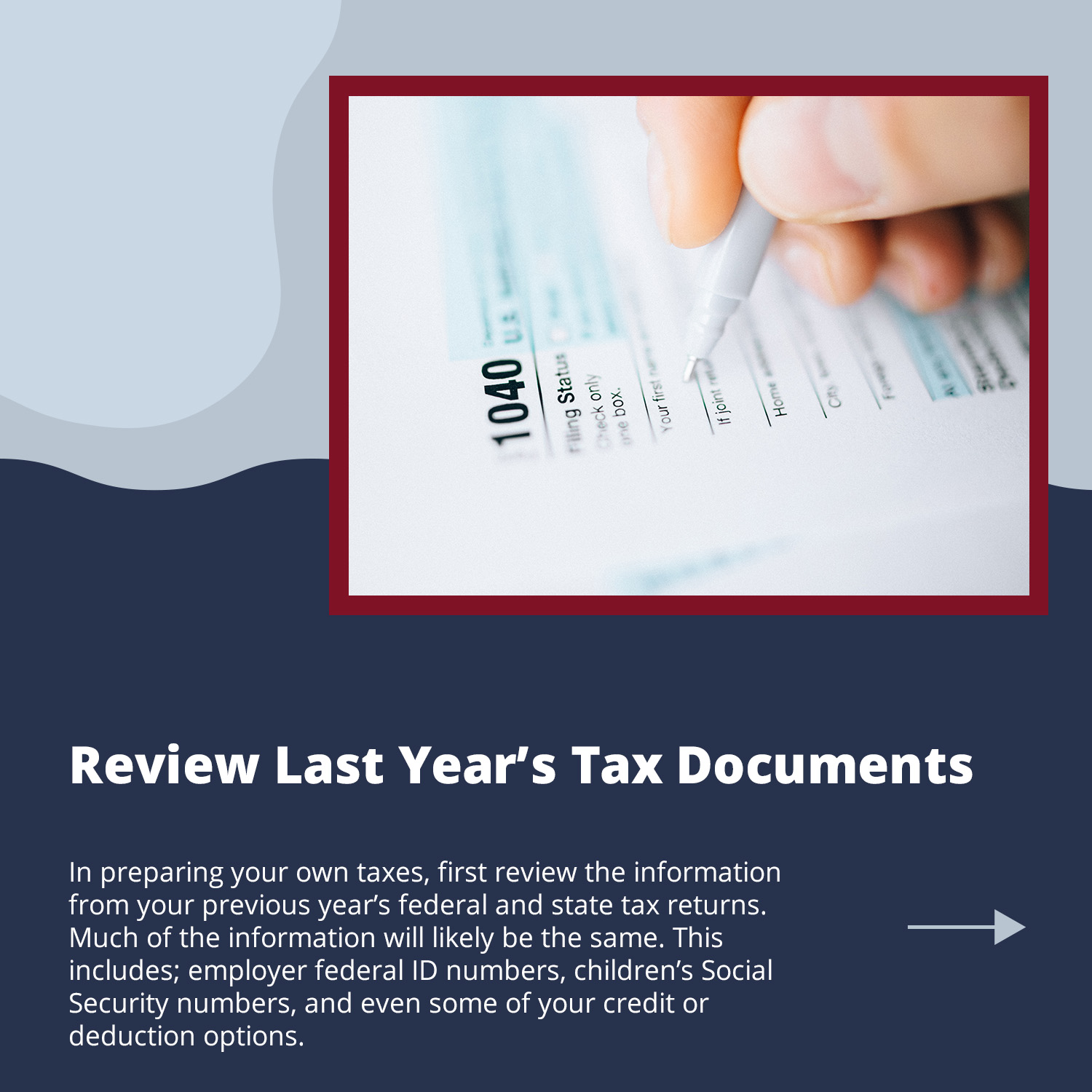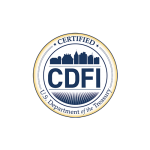Preparing Your Taxes
Preparing your taxes can be overwhelming, especially if you are self-employed or run a small business It’s easy to keep pushing the task off to the last minute, but that creates even more anxiety and frustration. It doesn’t have to be that way. You can take control of your tax preparation by following ten simple steps.
Before you actually prepare your income tax return, go through the following list. Not every category will apply to you. Select the ones that apply and make sure you have that information on hand.
Know Your Filing Deadlines
Tax returns must be e-filed or mailed by the federal tax deadline to avoid late-filing penalties.
Although the last two tax filing seasons were significantly impacted by the Covid-19 pandemic, and the IRS extended both deadlines, the IRS did not extend the tax filing deadline for 2022. The federal tax filing deadline for 2022 is April 18 because April 15 is a legal holiday in Washington D.C.
Make Sure You Need to File
Not everyone is required to file taxes each year. For example, if your income is below a certain threshold, you don’t need to file a tax return. Dependent children and adults also may not need to file a tax return.
If you’re not sure whether or not you need to file, you can find out using the IRS’s online Interactive Tax Assistant. This wizard asks you some questions about income, filing status, and whether you had federal taxes withheld the previous year. It uses that information to help you understand whether you need to file.
Review Last Year’s Tax Documents
In preparing your own taxes, first review the information from your previous year’s federal and state tax returns. Much of the information will likely be the same. This includes; employer federal ID numbers, children’s Social Security numbers, and even some of your credit or deduction options. The IRS also uses your prior-year AGI to verify your identity when you e-file.
This means you’ll want to make sure you have the information you submitted last year on hand. Starting with an old return can help you enter information quickly and accurately.
Gather All Your Documents
Gather the forms and documents you have that indicate income, expenses, and other tax-related figures. Some common forms you might have to include the following:
- W-2s, which report wages from employers.
- 1099s, which report income from contract work, royalties and rents, unemployment, interest, dividends, retirement distribution, and other sources. · 1099-Cs, which report canceled or forgiven debt, which the IRS considers income in many instances.
- 1098s, which indicate payments that may be tax-deductible.
These aren’t the only forms you might need. You may also want copies of receipts and other documents proving you made tax-deductible purchases or charitable donations if you’re planning to claim any itemized deductions.
Choose Standard or Itemized Deductions
When you file your taxes, you can choose to claim the standard deduction ($12,400 for those filing a 2020 individual return this year) or itemize your deductions. Claiming the standard deduction is easier, and as a result of the 2017 tax reform, it is often higher in value than many filers’ total itemized deductions.
If, however, you had large, out-of-pocket medical and dental expenses, paid mortgage interest on your home, had large uninsured losses, or made large contributions to qualified charities, it may be worthwhile to itemize your deductions and determine whether they amount to more than the standard deduction you qualify for.
Most tax software programs will do the calculations for you. The software tells you whether itemizing your deductions or claiming the standard deduction will save you the most money, taking the guesswork out of this process.
Add a State Tax Filing if Needed
After you complete all of your required federal forms, don’t forget that you may need to file a state return too. Most states require a separate state tax return to be filed, and it can be easier to do this all at the same time. Some free tax filing services let you add a state return too. State tax rates may be different from federal tax rates, and some states don’t have an income tax at all.
Check All Your Forms & Data
As you prepare your taxes, take time to double-check everything. Print the forms out or review the information on the screen. Pay special attention to numbers, including income and expenses, as well as Social Security numbers and other ID numbers. Make sure you didn’t reverse numbers with a typo or make another error that could hold up your return.
Request an Extension if Needed
Taxes are due this year on April 18, but if you need more time to file your federal taxes, you can apply for an extension. If you file an extension request, the IRS gives you until October 15 of this year to file. However, that does not change the due date for taxes owed. You are still required to estimate the taxes owed and pay that amount by April 18. If you think you will be unable to pay your taxes in full, you can request an installment agreement from the IRS.
File Electronically
According to the IRS, around 90% of all individuals file their tax returns electronically. Filing electronically is convenient and helps keep your private information more secure than sending your returns through the mail. Additionally, electronic filing with direct deposit is the quickest way to get your potential tax refund.
Check to Ensure the Returns Were Received
Once you’ve filed your taxes, check back to ensure your return was received. You should get an email confirming the return was accepted by the IRS.
Preparing your own taxes doesn’t have to be difficult. If you follow these guidelines and file via user-friendly tax software, you can complete your returns like a pro.










